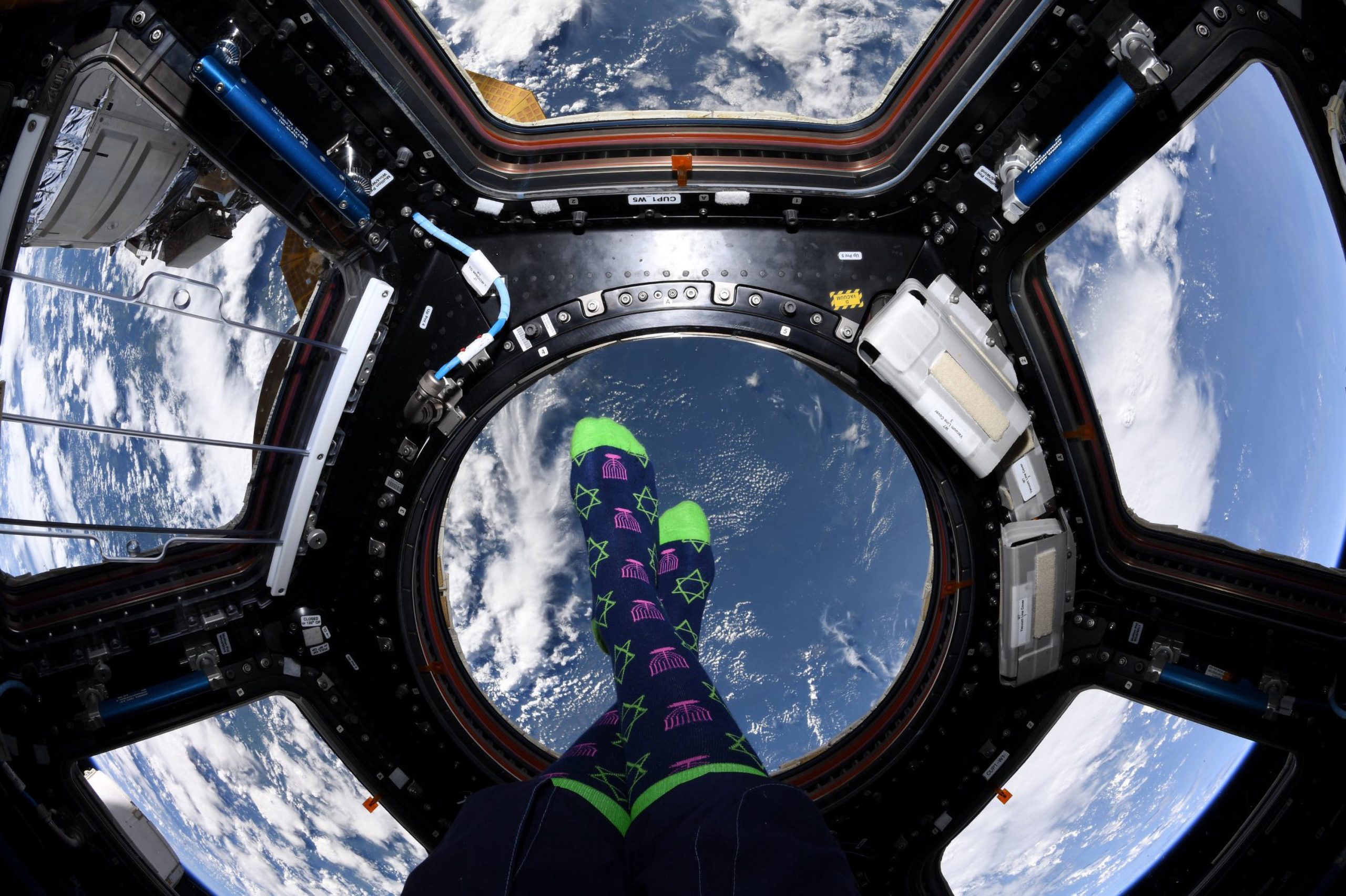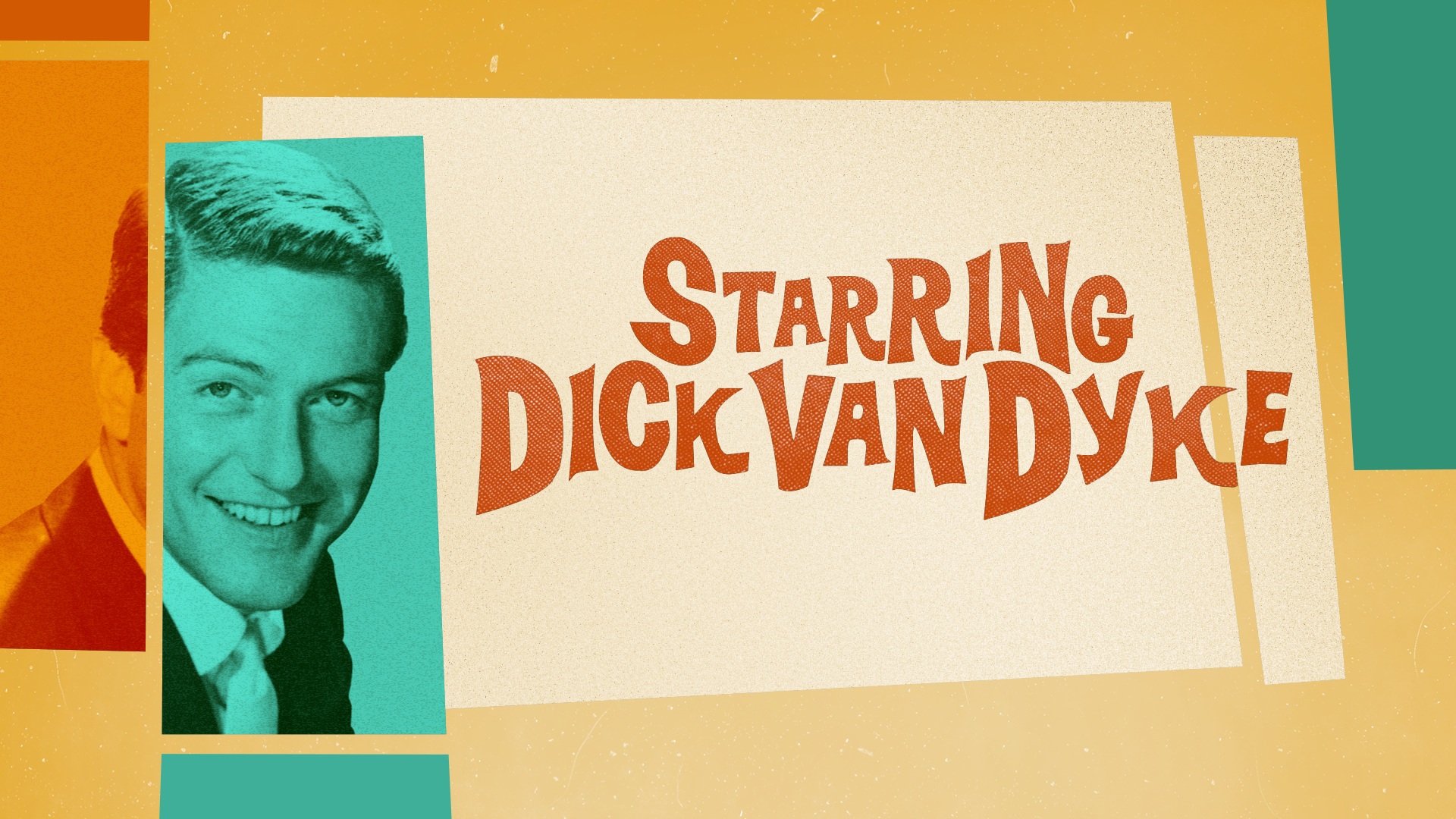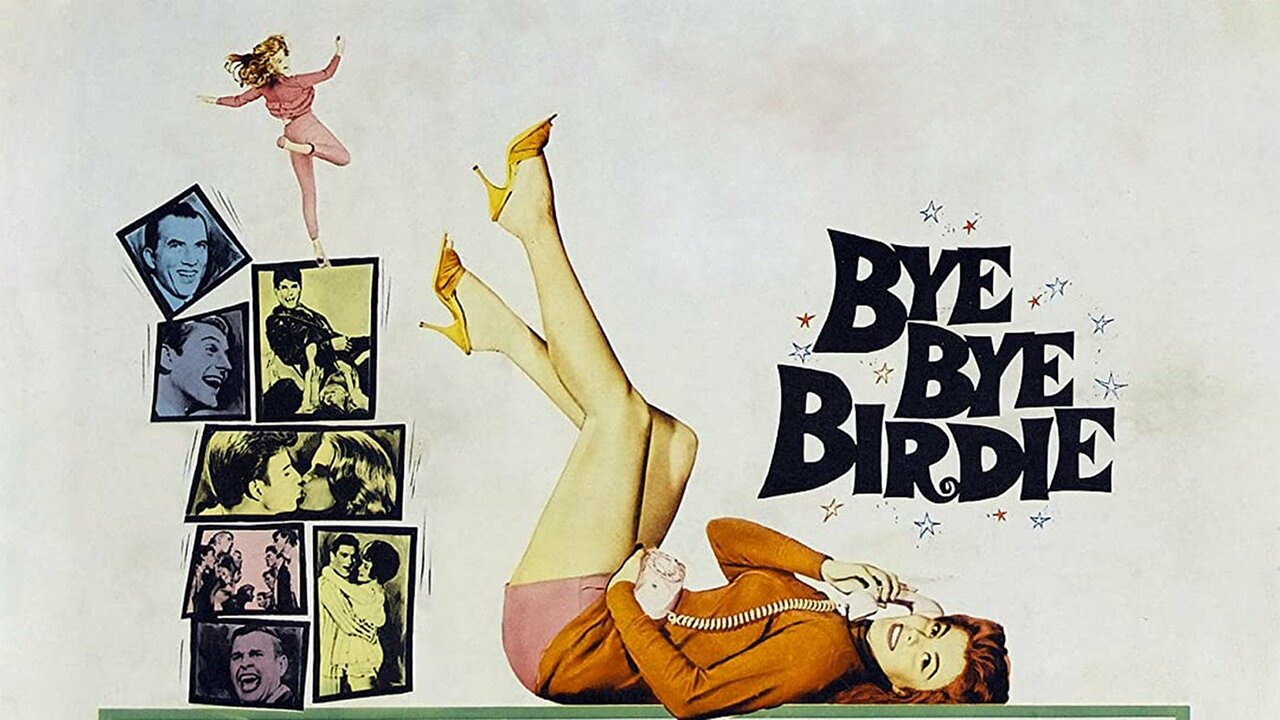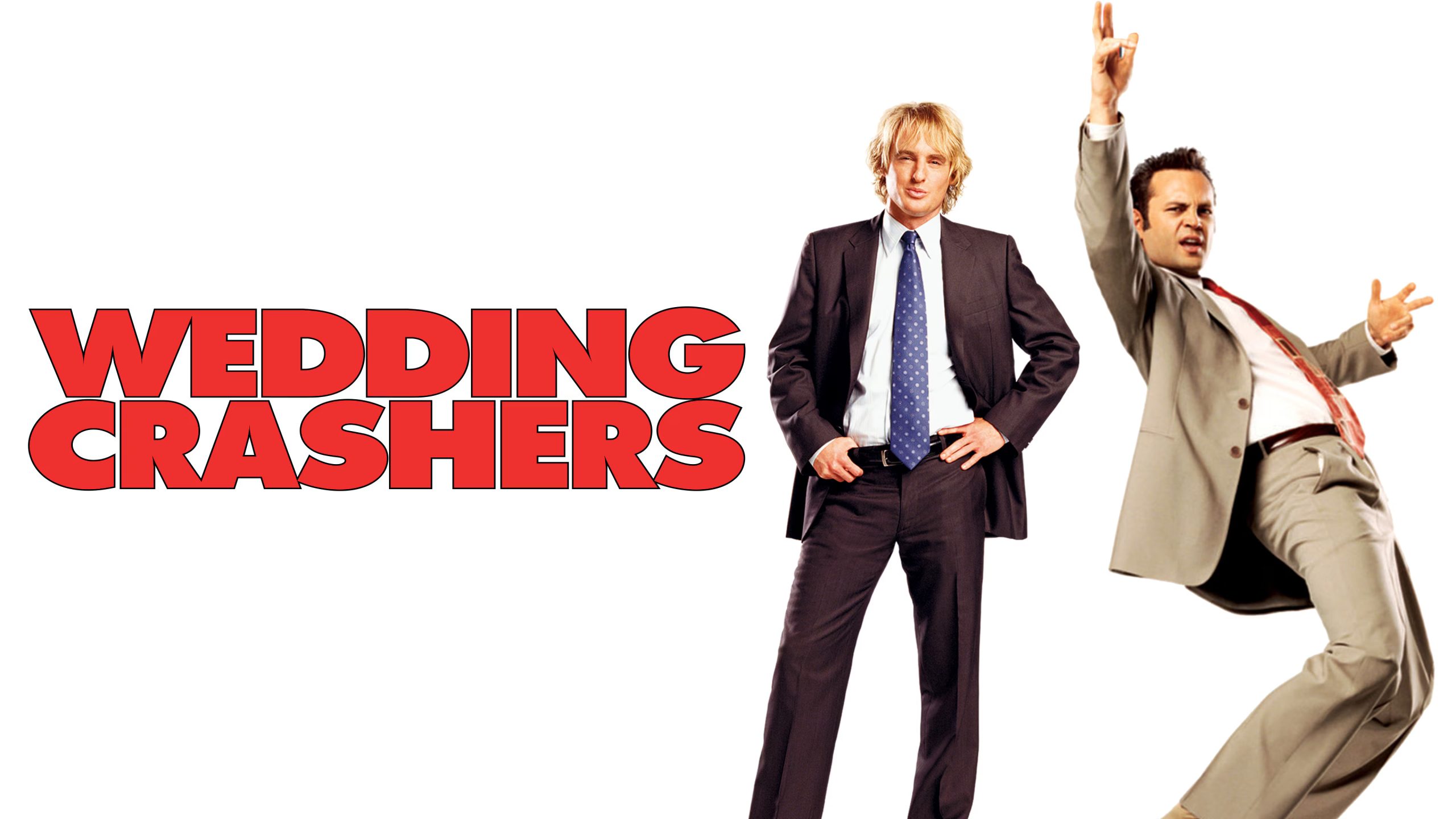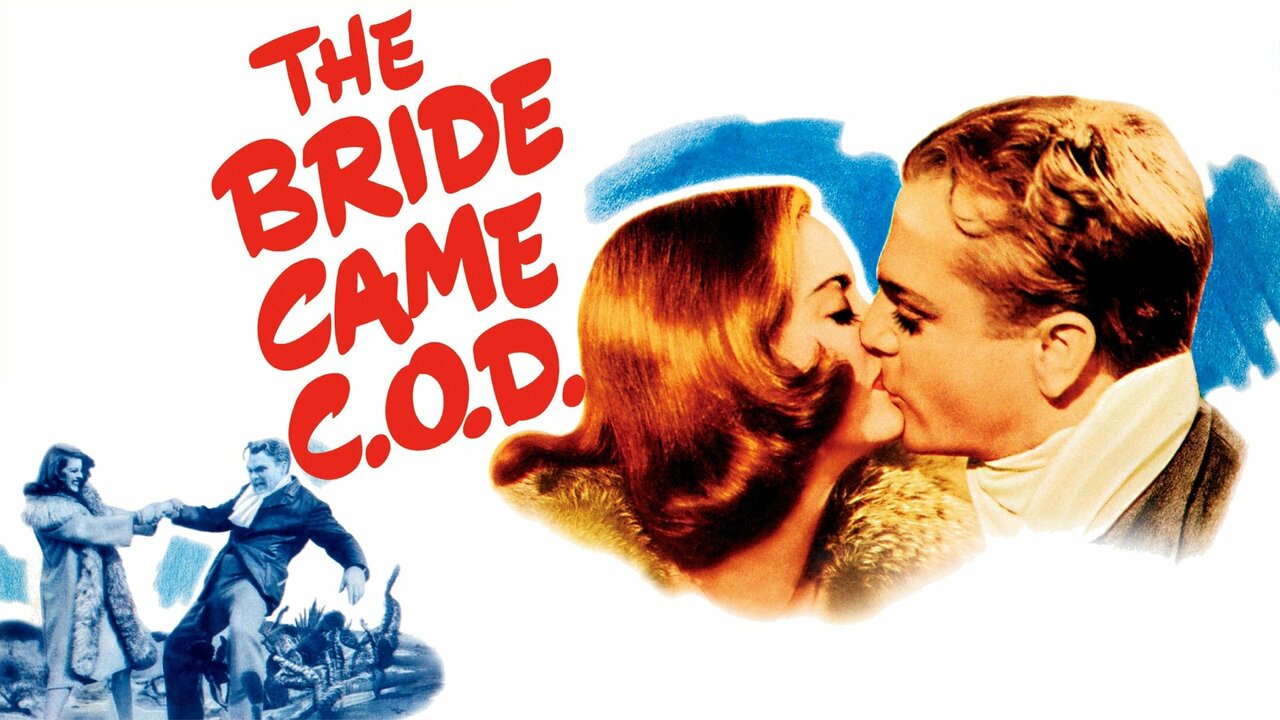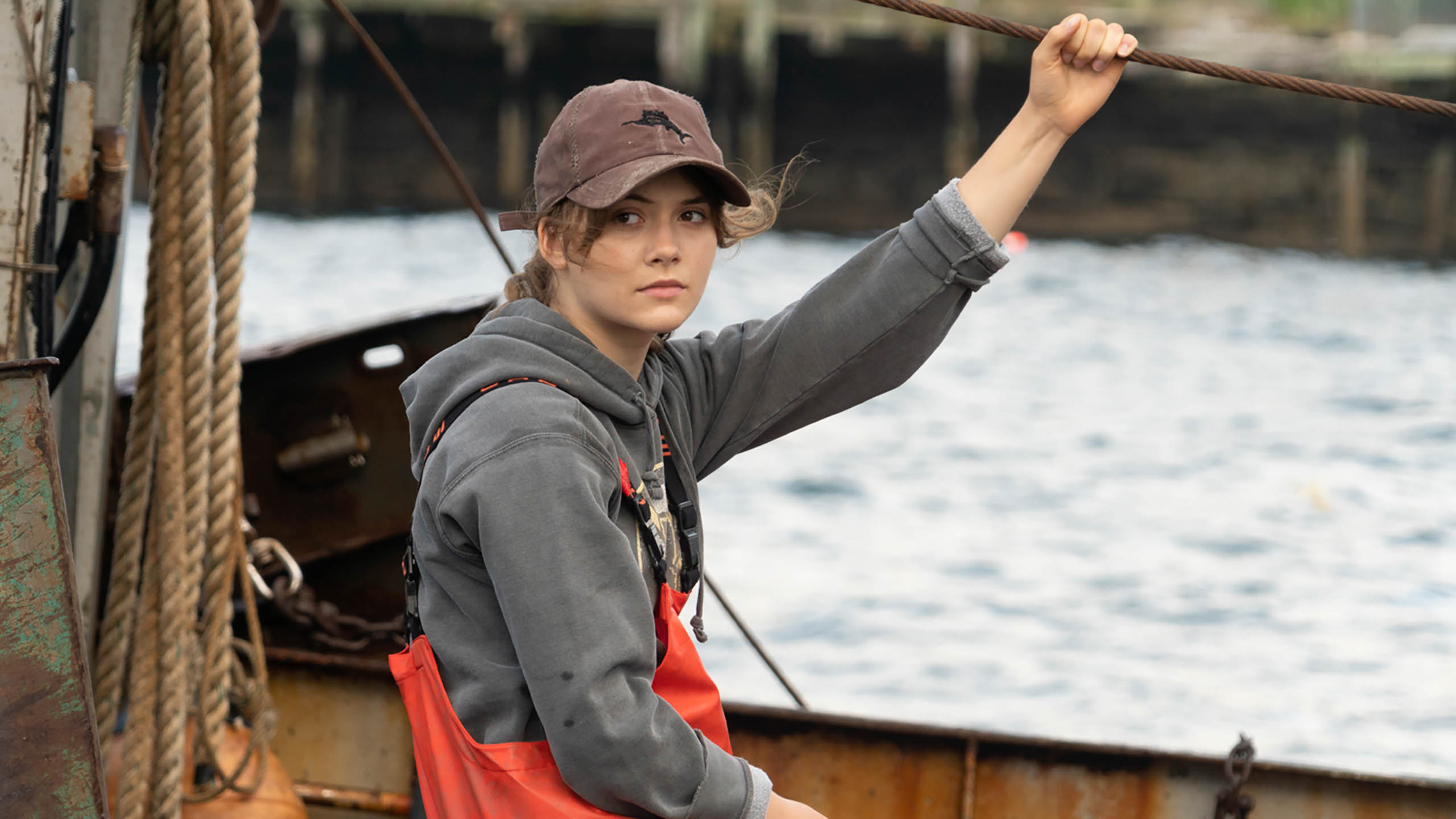
Marius de Vries and Nick Baxter spoke with Solzy at the Movies about their process for the Sundance-winning CODA, streaming on Apple TV+.

How did you first become attached to CODA?
Nick Baxter: The CODA script had been circulating for a while. I’m trying to remember when I first read it—it was a while back and they were trying to figure out a way to make it work. We couldn’t quite do it—there was budgetary restraints and such. It sort of went away for a while but it was a script I’d really loved and it’s in the back of my mind. Actually, Marius reintroduced me to it when he was approached for it, I think, a year later. It was interesting to see it come back and exciting to be a part of it. So actually, yeah, Marius reintroduced me to it. I don’t remember what year that was. Was that 2019?
Marius de Vries: That might have been the very beginning of 2019 because I’d been approached separately by Patrick, the producer, after he’d left Lionsgate. He took the property with him and asked me whether I wanted to do it. I realized that I very much did want to do it, especially after meeting Siân, but I had a bunch of other commitments and I was also heavily sort of based in Europe for a lot of the time when the film was going to be shooting. I realized I would need some help and that felt like a great opportunity to reach out and partner up with Nick, who I’ve worked with anyway, on pretty much every movie I’ve done in the past 12 years or so. This felt like something we could really do together and play to both of our strengths whilst sort of supporting each other through what were some fairly knotty scheduling issues. It was an opportunity to build a real team here and I think it really benefited from having our two brains on it rather than perhaps one.
Nick Baxter: For sure.
(At this point in the interview, Nick lost his Zoom connection while I was in the middle of my next question, thus making for a “Revolution 9” effect in the audio).
Marius de Vries: That’s quite cool. How did you do that?
I have no idea what happened.
Marius de Vries: I’d love to know how to do that because it sounded incredible. I’d use that my record.
Given how much a role that music plays in CODA, did you start working on composing the score before production?
Marius de Vries: Well, we thought a lot about the score but we didn’t actually start to write any music that was to do with a score until post. The initial jobs that we had to attend to most urgently were figuring out how we were going to tackle the shooting and the recording of the choir scenes. And more importantly, what we would need to do with Emilia to get her to a position where she where she would be able to perform these often quite difficult songs, given that she hadn’t really done a lot of singing before. The most urgent project was to work on Emilia’s confidence in her singing ability so that she could not only gain the ability to perform the difficult songs that she has to do in a very accomplished way at the end of the movie but also to trace the journey of her vocal development as it happens during the story because she starts off very shy and kind of unable to sing in public. Her confidence grows with her ability and also with her sort of transitioning from childhood into adulthood and all of those other rites of transition that happened in the film. It was interesting actually going through that process with her as an actor for real so that she could kind of see how that felt as a development and integrate that into her performance as the character of Ruby.
Welcome back, Nick.
Nick Baxter: I’m so sorry. My computer just melted down, just turned off randomly.
Marius de Vries: It made an extraordinary sound as it did.
Nick Baxter: Did it really?
I heard “and” repeatedly like, did something going on with my mic. All of a sudden, I noticed you’re completely frozen.
Nick Baxter: I’m sorry. I have no idea what happened there but I’m back.
Marius de Vries: I just answered a question in your absence. Sorry. We thought we’d get on with it.
Nick Baxter: I’m sure it was a wonderful answer.
Where was I? I watched CODA during virtual Sundance and watched it again last night (back in September when this interview was conducted) it remains one of the best films this year. Have you had the opportunity to watch CODA on the big screen and see how the audience reacts?
Nick Baxter: I actually haven’t gotten a chance to watch it with an audience since our first test screening, which was a really great test screening and everyone reacted super positively. But I never got a chance. We were sort of deprived on the Sundance experience on this one with the virtual Sundance and I haven’t made it to the premieres yet. The closest I’ve got to experiencing that was just watching it at home with some friends and family and watching their reactions to it, which was also rewarding, but I’d love to make it to the theater. I actually might go tonight. I was just told there was a screening in LA.
Marius de Vries: Yeah, I’ve seen it twice now in theaters of different sizes. Once at BAFTA screening in London, which was a sort of an industry screening so that’s valuable and it was a very enjoyable screening and the audience was great. But the best one was, we went on opening night and Nick was unable to join us. Siân and myself and some of the cast, including Marlee, and Patrick, the producer, and Geraud, the editor and a few of the other crew. We booked out the whole room at one of the screens in downtown Los Angeles on opening night. That was a really celebratory and positive experience. It really benefits from being seen on the big screen and I would urge anyone who gets the opportunity to see it with an audience, as it was intended to be seen, in a cinematic environment. It’s well worth the effort.
In January, I remember thinking of how CODA could play at a place like the Eccles at Sundance.
Marius de Vries: Well, we will never know.
Nick Baxter: We’ll never know.
When it came to writing “Beyond the Shore,” what were you aiming to do with the song?
Nick Baxter: The directive from Siân was just to try to extend Ruby’s narrative a little bit longer, envision her a couple years later at Berklee in the city. What is she feeling? What is she going through? It starts with her in the city and then it’s just a reflection back on her former life and her family, and it’s really a father-daughter song. The directive from the beginning was just Ruby a couple years later as a songwriter. What is she feeling? What is she experiencing?
Marius de Vries: Yeah, I think we were drawn towards that sort of approach, really, by looking at what the pivotal song, “Both Sides Now,” means in the story. And that’s a story, not only about the transition from girlhood into adulthood, but even beyond that, it’s a story about perspective and how life events can seem very different when seen in hindsight or even from a different point of view. Without wishing to compete with “Both Sides Now,” because that would have been stupid, I think we wanted to write a kind of sister song to “Both Sides Now” that would extend that idea of perspective and experience into the hindsight that the character might be feeling a few years later because I think people get very invested emotionally in Ruby as a character and the final scene of the movie is a big question mark as she drives off, which leaves us all wondering, well, I wonder how she gets on and I wonder how she resolves some of these issues, which are sort of resolved emotionally but we don’t quite know how—like her responsibility to her family but balancing that with her sense of destiny and her desire to pursue her calling. We thought, as Nick correctly says, as an extension of the narrative, and as a sort of resolution to the story, that it would be good to kind of continue the thought process into an imagined future where Ruby would be able to look back on all this with the benefit of some wisdom.
When it came to recording the song, how many takes did it take for Emilia Jones to get her performance to what we hear during the CODA end credits?
Nick Baxter: I don’t think there was a lot of takes. She came in really prepared. I mean, in general, Emilia does incredible preparation, some of the best I’ve ever seen. She’s extremely dedicated and doesn’t want to go into any situation without having done her homework. It was like that all the way through the film so she had been practicing the song. There were a couple rhythms in there that she really wanted to nail and some syncopation. She’s a worker and she worked super hard before we even got in the studio. Unfortunately, it was a remote session because it was right in the middle of COVID. We were all in different parts of the world when we did it but she was amazing and like she was with everything else in the film.
Marius de Vries: I think, also, we benefited from the fact that by the time we came to write this song, which is very deep into the process, we’d had the experience of seeing her develop as a singer. Nick, in particular, had worked through all of the on-set moments with her. We had a very strong sense of where her vocal strengths were and how we could write melodies and, indeed, lyrics that would be comfortable for her to sing and not too easy for her to digest. We were writing with a fair amount of information to help us construct the song in a way that would be fit for her voice and for her personality.
What would you say were the challenges of having to do the song and all that during the pandemic?
Marius de Vries: I would say working remotely is always challenging because there’s nothing like being in a room with someone especially when you’re directing a singer and having the sort of the body language and the direct visual contact and no lag and that sort of thing. Those technical issues can be tricky but it’s not like we never did remote work before the pandemic. Both Nick and I are very used to that process and we know how to make it comfortable for people who might be less used to it. I’d say almost the fact that we embarked upon the composition of that song during the pandemic, at a time when our deadlines had slightly relaxed because we had to rebuild our entire post schedule. I think, although as I say, writing remotely can be difficult, I think it also gave us a little bit more time to digest and redraft. Normally, when you introduce a song into the movie at a late stage and perhaps after you’ve kind of wrapped most of the other music mixing, there’s a big gun at your head because you’re careering towards an imminent deadline for having all of the music ready for the dub. The fact that our dub was delayed by COVID, I think, gave us a little bit more thinking time, both between Nick and myself and also to fully integrate Siân into the processes of additional creative voice on the songwriting team. In a way, although it provided challenges, I would say that the timing of the pandemic actually proved, I would say, to be an advantage in the composition of this song.
Nick Baxter: Yeah, I would agree. It gave us much more time and it was a much more relaxed environment for the songwriting portion of it and we could really interact and go back and forth with Siân and tweak lyrics and do revisions. We were all at home and it was an opportunity to collaborate and gave us something to do and then with the recording process, I think it actually works with the song. The song works better presented in the simple way that it is presented. It’s not over produced, it’s not overdone. I think the simplicity with which we recorded it, because of COVID restraints, actually helps us on at the end of the day.
When it comes to composing film scores, what is your typical process?
Marius de Vries: Always very difficult to describe but certainly, the first step is just to watch the film again and again in musical silence and sit and listen to what’s going on in the imagination as you do that. And slowly, little cornerstones start to appear that you start to hang thematic ideas and tonalities off. This film was challenging in that respect. We always knew we were going to have to deal with the relationship between music and silence in a way that was perhaps much deeper than you would in any other movie, simply because of the setting and the subject matter. But what we weren’t prepared for, and it really started to hit us extremely strongly in post as we watched the first edits was that these long dialogue scenes conducted with ASL are not actually silent. They’re actually very richly bedded with the physical movement of the characters and the sound of the lips, the clothing, and hand movements, all of that. When you allow those things to speak in musical silence, they really support the emotional tonality of those scenes in a very interesting way. I wrote an awful lot more music than we eventually used because we, particularly in the first half of that film, began to realize how leading music out of scenes where it would normally be scored both gave them a very particular richness that’s unique to this film and also allowed us to use the slow introduction of score into the film as something that tracks Ruby’s musical and emotional development in an overarching structural way, that I thought was very valuable. We really only allowed the score to become anything other than pretty transparent from about the halfway point of the music. After that, the way that the score becomes fuller and more sophisticated as the story develops was another structural device that we found very valuable.
CODA is now streaming on Apple TV+.
Please subscribe to Solzy at the Movies on Substack.

